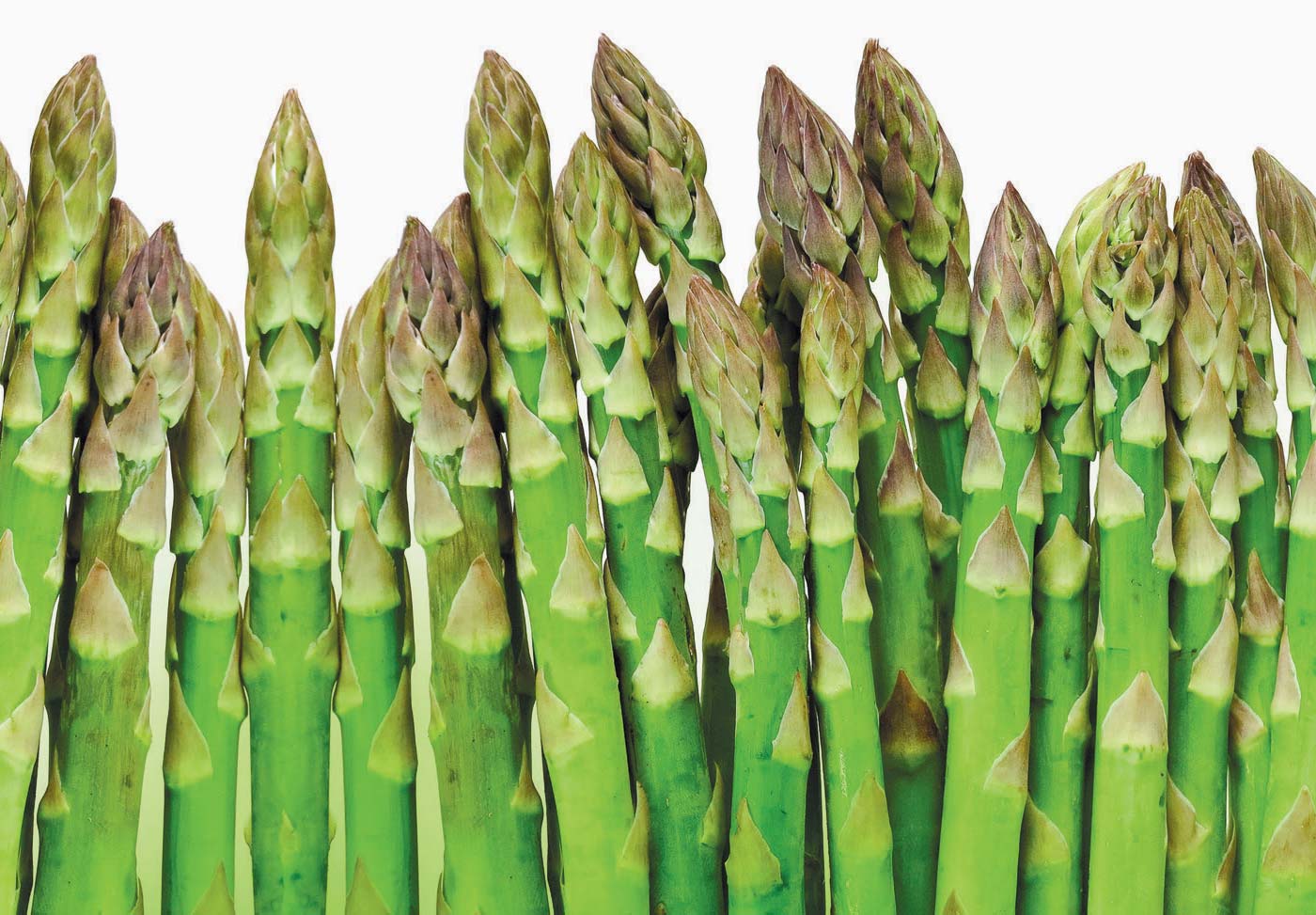What's in Season in New Jersey in Spring - Asparagus
seasons:
April–June
grow:
Asparagus thrives best in well-drained loam or sandy-loam soils, or in heavier soils with good drainage.
pick:
Asparagus is ready to be harvested when spears reach seven to nine inches in length and are green (and, sometimes, slightly purple) in color. Excluding light when spears are emerging will produce blanched, or white, spears.
at the market:
Look for asparagus with tight, dry tips that are fresh green or slightly purple in color. The tops should never be wet or soggy. Expect the base to be dry, white, and tough.
wash:
Gently wash asparagus stalks. Then, using only your hands (instead of a knife), snap off the bottom ends. You will find the bottoms easily break off just above the tough part.
store:
Refrigerate asparagus as soon as you get home. While generally best used the same day you buy it, asparagus will keep in the refrigerator for up to three or four days.
cook:
Lightly cook by steaming, sautéing or roasting. Take care not to overcook or the stalks will become mushy. Chopped, they work well added to a variety of recipes or serve stalks whole and lightly dressed.

New Jersey ranks fourth in the U.S. for asparagus production. The state’s 2021 asparagus crop was valued at $11 million.
(NJ Department of Agriculture, April 2022)
Why Does Asparagus
MAKE YOUR PEE SMELL?
When asparagus is digested, its asparagusic acid gets broken down into sulfur-containing byproducts. When you pee, the sulfur byproducts evaporate, giving most people’s urine that unusual scent. The effect usually shows up between 15 and 20 minutes after eating asparagus and can last for several hours. (Source: Cleveland Clinic)
4,900
Estimated # of farms in the U.S. producing asparagus.
Acreage devoted to asparagus in the U.S. is currently less than one-third of what it was 20 years ago due to increased imports from Central and South America.
Asparagus is a perennial row crop that may produce for up to 30 years. The best production years, however, are five to 10 years after planting. (Source: Asparagus Crop Profile, NJ Agricultural Experiment Station, Rutgers University)

Asparagus was first cultivated by the early Romans, Greeks, and Egyptians, who used it for food and medicinal purposes. Cultivated in England over 2,000 years ago, it was brought to North America by the early colonists.





